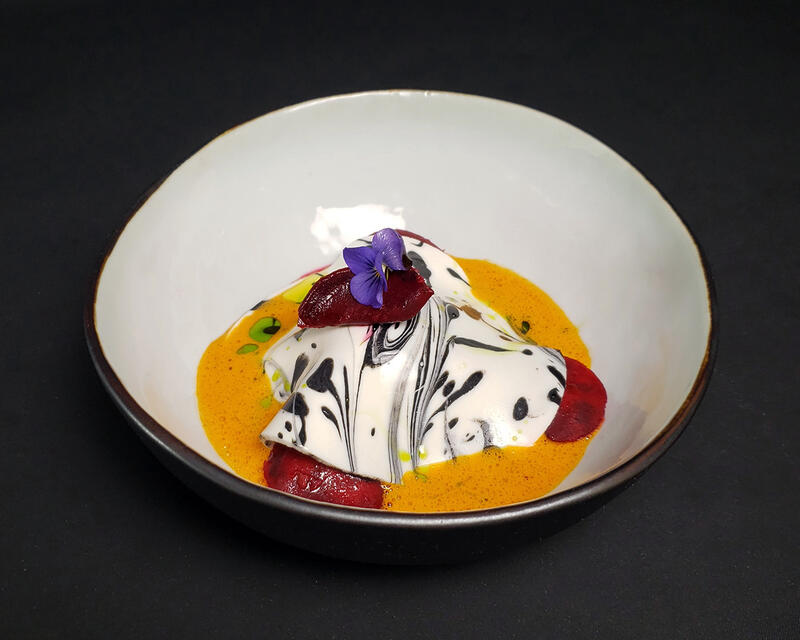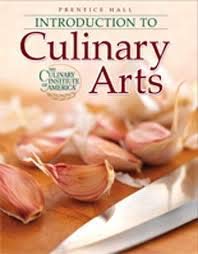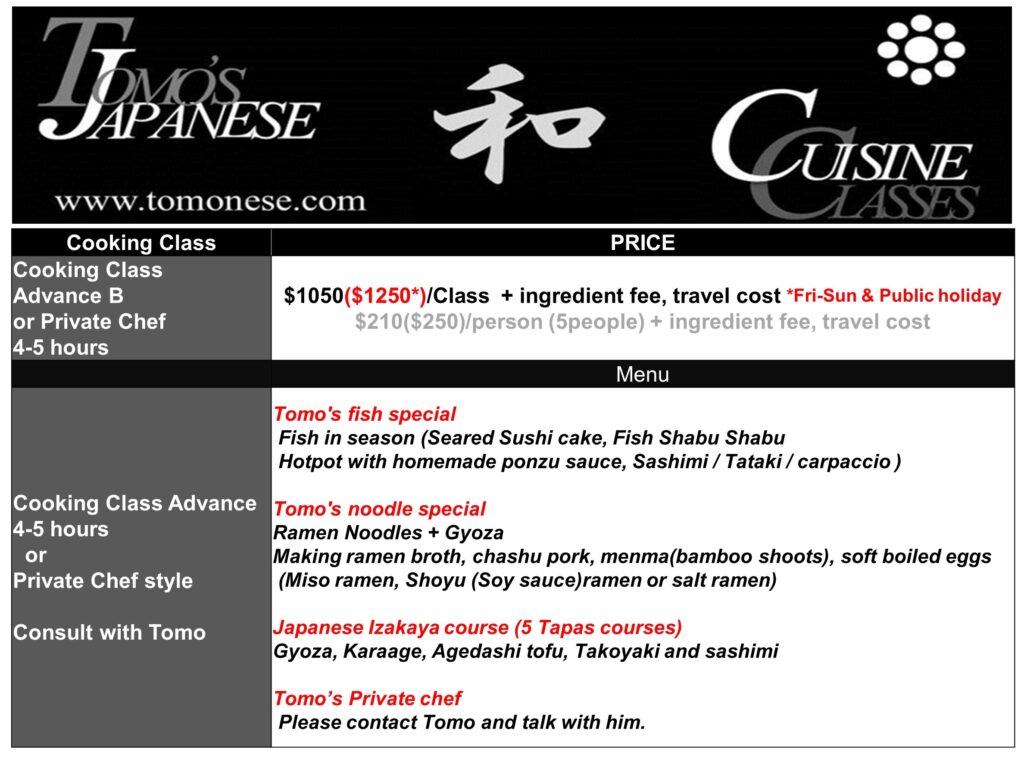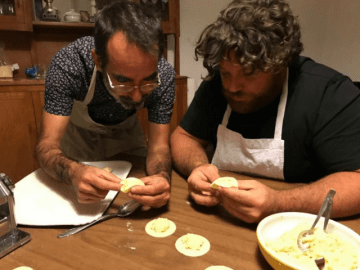Explore Top Tourist Gems Unmissable Attractions Worldwide

Embark on an Adventure to Explore Top Tourist Attractions Worldwide
Unveiling the World’s Finest Tourist Destinations: As travelers, we are constantly seeking new adventures and experiences that will leave us in awe. From iconic landmarks to hidden gems, the world is filled with an abundance of tourist attractions waiting to be discovered. Let’s embark on a journey to explore some of the best destinations that the globe has to offer.
Wanderlust Worthy Destinations: Wanderlust is a powerful force that drives us to explore the unknown and seek out new experiences. Whether it’s standing in awe of the majestic Grand Canyon, marveling at the ancient wonders of Machu Picchu, or soaking in the vibrant culture of Tokyo, there is no shortage of destinations that ignite the wanderlust within us.
Iconic Landmarks and Hidden Gems: From the iconic landmarks that grace postcards to the hidden gems tucked away off the beaten path, every destination has something unique to offer. Whether you’re drawn to the architectural marvels of Paris, the natural beauty of New Zealand’s South Island, or the cultural richness of India’s Rajasthan region, there’s a world of wonders waiting to be explored.
Bucket List Adventures Await: Many of us have a bucket list filled with dreams of far-off destinations and once-in-a-lifetime experiences. Whether it’s witnessing the majestic beauty of the Northern Lights in Iceland, embarking on a safari in Africa’s Serengeti, or exploring the ancient ruins of Petra in Jordan, these bucket list adventures are what fuel our passion for travel.
Spectacular Sights and Sounds: Traveling allows us to immerse ourselves in new sights, sounds, and experiences that we wouldn’t encounter in our everyday lives. From the bustling streets of New York City to the tranquil beauty of the Amalfi Coast, each destination offers its own unique blend of sights and sounds that captivate the senses and leave a lasting impression.
Exploring Cultural Richness: One of the most rewarding aspects of travel is the opportunity to immerse ourselves in different cultures and ways of life. Whether it’s sampling exotic cuisine in Bangkok’s bustling markets, learning about ancient traditions in Kyoto’s historic temples, or experiencing the vibrant energy of Rio de Janeiro’s Carnival, each destination offers a rich tapestry of cultural experiences waiting to be explored.
Seeking Adventure and Thrills: For many travelers, the thrill of adventure is what drives them to explore new destinations. Whether it’s trekking through the dense jungles of Costa Rica, diving with sharks in Australia’s Great Barrier Reef, or summiting the majestic peaks of the Himalayas, there’s no shortage of adrenaline-pumping experiences waiting to be had.
Embracing Nature’s Beauty: Nature has a way of captivating us with its beauty and grandeur, and there’s no better way to experience it than through travel. Whether it’s witnessing the majestic power of Niagara Falls, exploring the otherworldly landscapes of Iceland’s Golden Circle, or hiking through the breathtaking beauty of Canada’s Banff National Park, nature’s wonders never fail to inspire awe and wonder.










